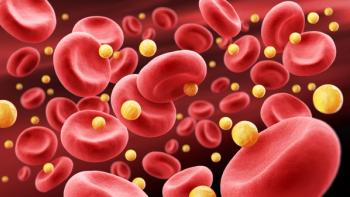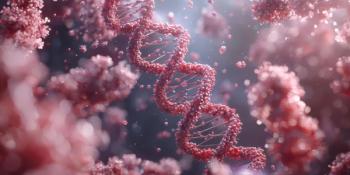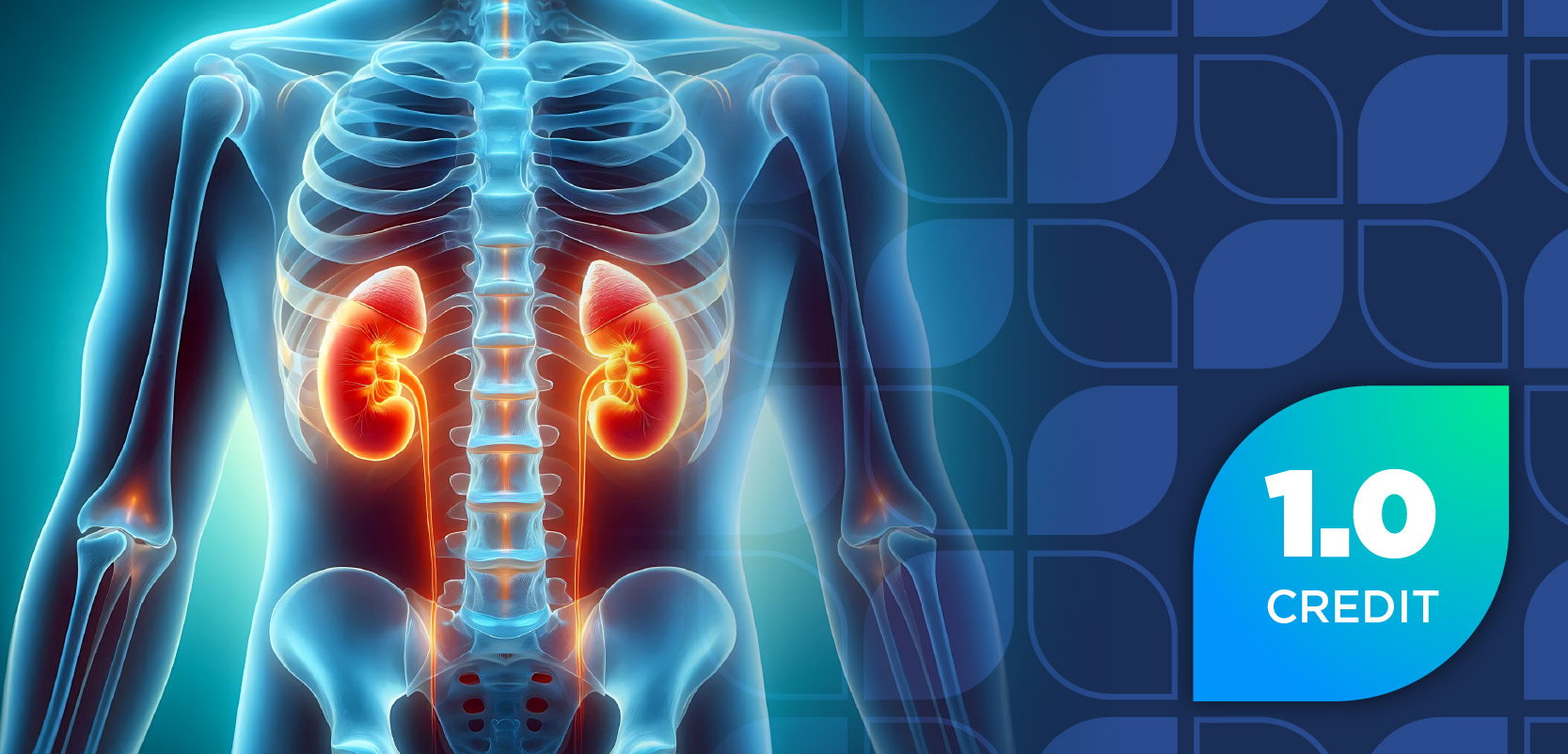
Engineered Extracellular Vesicles May Be a New Approach to Treating MASH
Key Takeaways
- MASH is a severe form of metabolic dysfunction-associated steatotic liver disease, often linked with obesity and diabetes, requiring combination therapies.
- Engineered EVs with FGF21 and miR-223 target multiple MASH pathways, reducing lipid storage, inflammation, and fibrosis in liver cells and mouse models.
In the treatment of metabolic dysfunction-associated steatohepatitis (MASH), engineered extracellular vesicles helped mitigate disease progression and did not compromise bone density.
Investigators of research published in Biomaterials have developed a next-generation exosome-based drug delivery technology that is effective in the treatment of metabolic dysfunction-associated steatohepatitis (MASH). The method, according to the authors, is designed to regulate metabolic abnormalities, inflammation, and fibrosis simultaneously, which are the main pathological mechanisms of MASH.1,2
MASH, formerly known as nonalcoholic steatohepatitis, is a severe form of metabolic dysfunction-associated steatotic liver disease (MASLD) that often accompanies various metabolic diseases—such as obesity and diabetes—and existing therapies are usually limited in their effectiveness because they target only a single pathological mechanism. It is the inflammation of the liver caused by excess fat cells, and this chronic inflammation eventually causes progressive liver damage. Additionally, it can also be associated with high blood lipids and high blood sugar. The Cleveland Clinic estimates that MASLD affects up to 25% of US adults, and among that population, about 20% have MASH.1-3
Because of the disease’s complexities, it often requires combination therapies, rather than monotherapies. Extracellular vesicles (EVs) exhibit inherently efficient delivery to the liver and can be engineered to carry different therapeutic substances; therefore, the investigators hypothesized them to be promising agents. In their study, they engineered EVs to display fibroblast growth factor 21 (FGF21) on their surface and encapsulate miR-223 (223/F-EVs), with the goal to improve steatosis as well as alleviate inflammation and fibrosis, respectively.1
To generate these engineered EVs, human embryonic kidney cells were utilized because of their high growth rate, ease of transfection, and robust protein expression. Additionally, such EVs demonstrate low toxicity in a prior long-term mouse study. For engineering, 2 distinct lentiviral constructs were used, of which 1 encoded FGF21 for surface display on EVs and the other encoded miR-223 for encapsulation within EVs. The authors explained that to anchor FGF21 to the EV surface, the transmembrane domain of CD63 was utilized.1
Introducing the 223/F-EVs into human liver cell lines was found to significantly reduce both basal and induced levels of lipid storage, inflammation, and fibrosis markers. Additionally, by using an FGF21-blocking antibody or miR-223 inhibitor, the efficacy of 223/F-EVs was lessened, confirming the essential roles of FGF21 and miR-223 during these processes, explained the authors.
Further, in a choline-deficient, l-amino acid-defined, high-fat diet (CDAHFD)-fed mouse model, 223/F-EVs administered intravenously demonstrated liver-preferential delivery and a marked reduction in the MASH phenotype without hindering bone density, unlike conventional FGF21 treatment. Collectively, 223/F-EVs convey FGF21 and miR-223 exclusively to the liver, which offered strategic advantages by mitigating MASH progression through multiple pathways. The authors noted that their study lays a solid foundation for further investigation of engineered EVs as a therapeutic approach for treating patients with MASH.
“This research is the first to demonstrate a novel combination treatment concept utilizing exosomes for MASH, a metabolic disease that is difficult to treat. It sheds light on the potential to overcome the limitations of existing treatment strategies,” Yea Kyungmoo, PhD, professor, department of new biology, Daegu Gyeongbuk Institute of Science and Technology, said in a news release. “We hope to establish a mass production system in the future that will lead to actual drug development.”2
REFERENCES
1. Cho H, Ju H, Ahn Y, et al. Engineered extracellular vesicles with surface FGF21 and enclosed miR-223 for treating metabolic dysfunction-associated steatohepatitis. Biomaterials. 2025;321:123321. doi:10.1016/j.biomaterials.2025.123321
2. DGIST—Daegu Gyeongbuk Institute of Science and Technology. Development of next-generation exosome-based combination therapy for the treatment of the metabolically challenging disease mash. News release. April 24, 2025. Accessed May 1, 2025. https://www.eurekalert.org/news-releases/1081583
3. Cleveland Clinic. Metabolic Dysfunction-Associated Steatohepatitis (MASH). Accessed May 1, 2025. https://my.clevelandclinic.org/health/diseases/22988-nonalcoholic-steatohepatitis
Newsletter
Stay informed on drug updates, treatment guidelines, and pharmacy practice trends—subscribe to Pharmacy Times for weekly clinical insights.


















































































































































































































